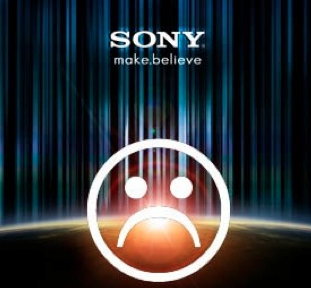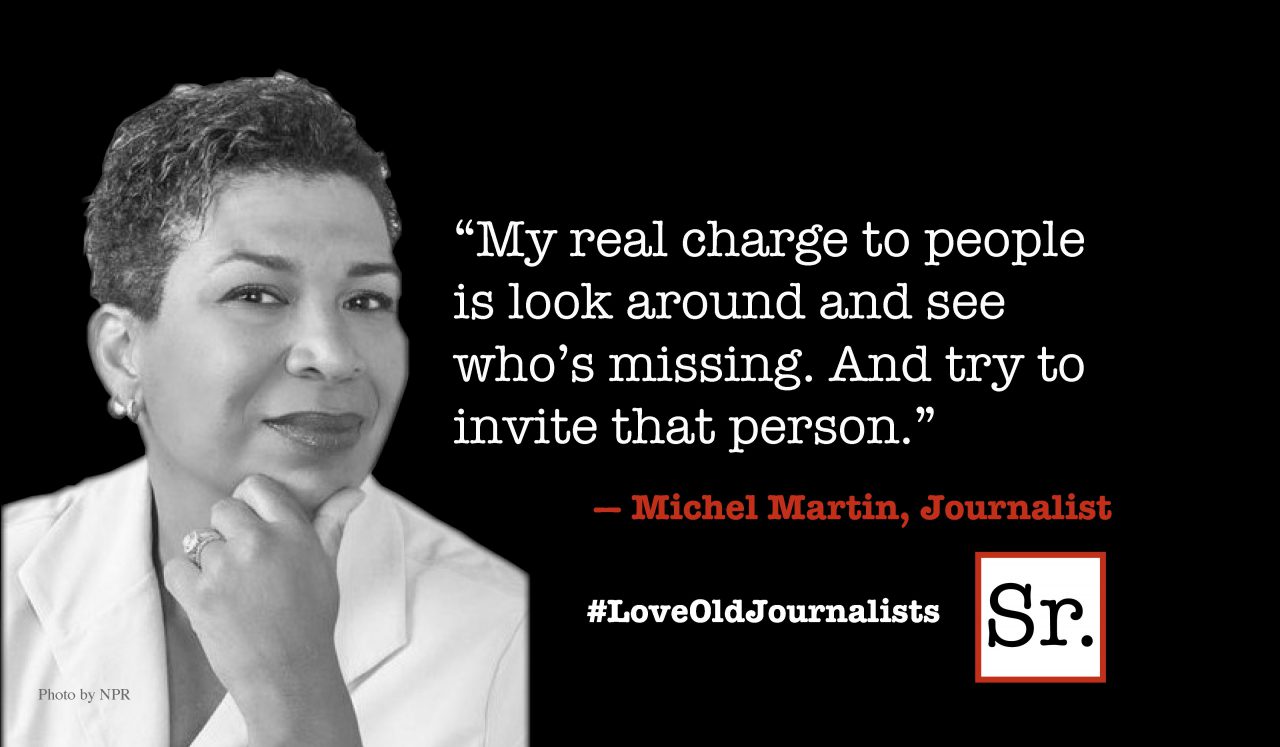Never in the history of marketing has there been so much talk about branding. The conversation in the world of branding is well beyond product and service brand discussion by marketers and ad agencies. Branding has proliferated big time – we now have personal brands, country brands, political brands, cause-related brands, even cultural brands. The ramification is clutter, the arch enemy of brand identity. So, wouldn’t you expect a heck of a lot more corporate attention to commercial brands? Wouldn’t you expect greater care in stewarding brand presence, personality, positioning, single-mindedness, and strategic consistency? Wouldn’t you expect more innovation?
Some companies brand exceedingly well. I remain impressed with the ongoing success of P&G, L’Oreal, Nike, Whole Foods, Pernod Ricard, Apple, and Starbucks. At the helms are passionate brand custodians who are fanatical about the process of branding – their convictions a contrast to those with a fervent focus on the value of the brand asset. Chief Executives who continually talk about brand assets are often the ones living off the luster of yesteryear’s brand equity. They endorse a whack of dough into media and they continue to extend brand names into other categories, but they are falling short in spearheading brand equity growth.
The new economy has accelerated the need for change in the branding process. I am not suggesting restructuring the entire brand management system. I am making the case for CMOs and CEOs to recognize the necessity of their own direct and passionate involvement as chief brand custodians. This top management ethic is essential to brand resilience. With the exception of niche, specialty, and some consumer technology markets, I see less and less of this in big business. There’s a smorgasbord of reasons why great brands and great companies lose their way. Trouble often starts with the brand management itself – the loss of direction, the inability to inject innovation, the failure to recognize customer evolution, the lack of understanding of what the brand is and what it is not. These are the symptoms that have punished fallen stars such as Hostess, Barnes & Noble, Kodak, and Radio Shack.
Not so long ago, Sony looked invincible. This company lost $5 billion in 2012 and hasn’t made a profit since 2008. Panic has set in. Sony is comprised of three main businesses: electronics, entertainment and financial services. The hemorrhaging is in electronics, and in late 2012, they shelled out $1.8 billion for a hodgepodge of businesses ranging from medical equipment to cloud gaming. Kaz Hirai, Sony’s new CEO, thinks his strategy to rebuild the electronics business is clear – concentrate on gaming, digital imaging and mobile devices. Clear? Focused? Gaming, digital imaging and mobile devices seems awfully broad to me.
Hirai also thinks the Sony DNA is “a distinctive will and drive to generate new value.” I searched the web, but came up empty-handed with regard to this CEO’s views on what the brand stands for in the consumer’s mind. However, he did say that if Sony can’t deliver a great consumer experience on the product front, the brand will take a ding. That’s an understatement.









